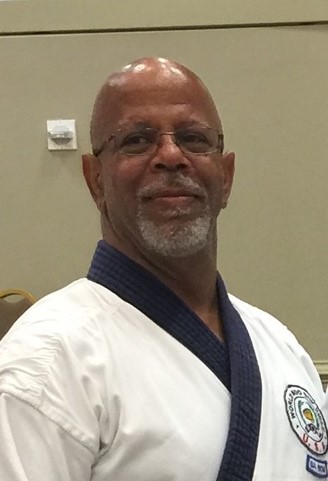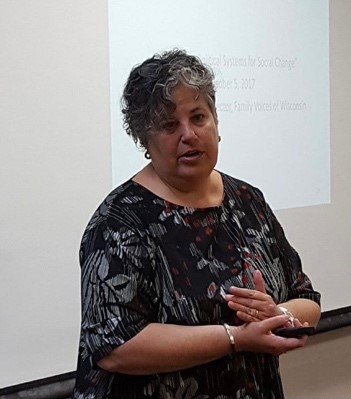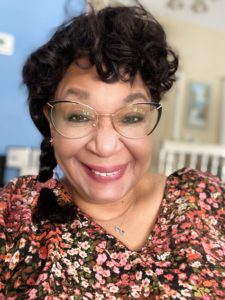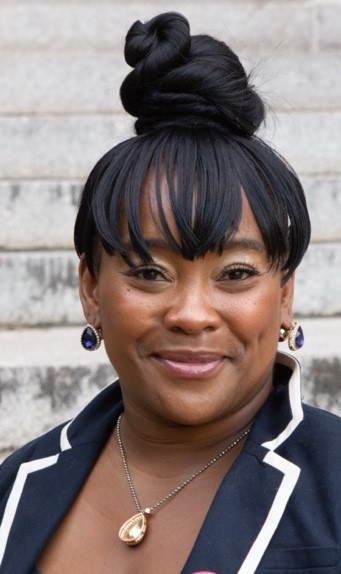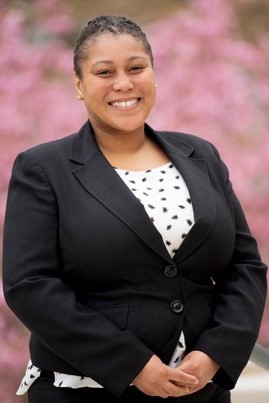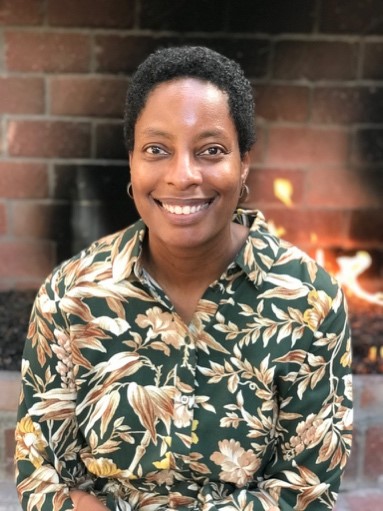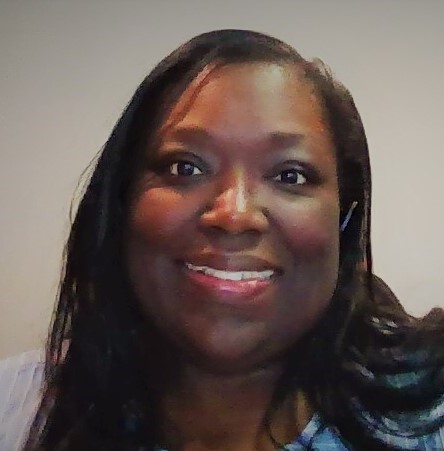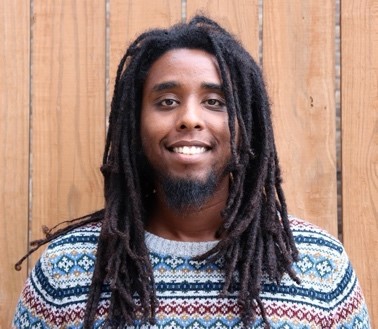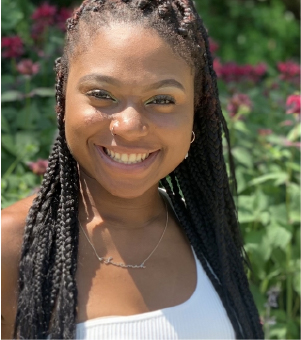
Diversity, Equity, Inclusion, and Belonging at Family Voices
Resources
On this page:
Implicit Bias and Debiasing




Universal Design


Take a deep dive into the principles of Universal Design from The Center for Universal Design at North Carolina State University.


Building an Architecture of Participation


Intersectionality



Targeted Universalism
Targeted universalism integrates the full participation of:
- Those most affected by a problem, especially people traditionally excluded
- Those who are intended to benefit from change strategies
- Those implementing the intervention/project
- Those documenting the implementation process
- Those with a strong or expert understanding of the problem or issue





